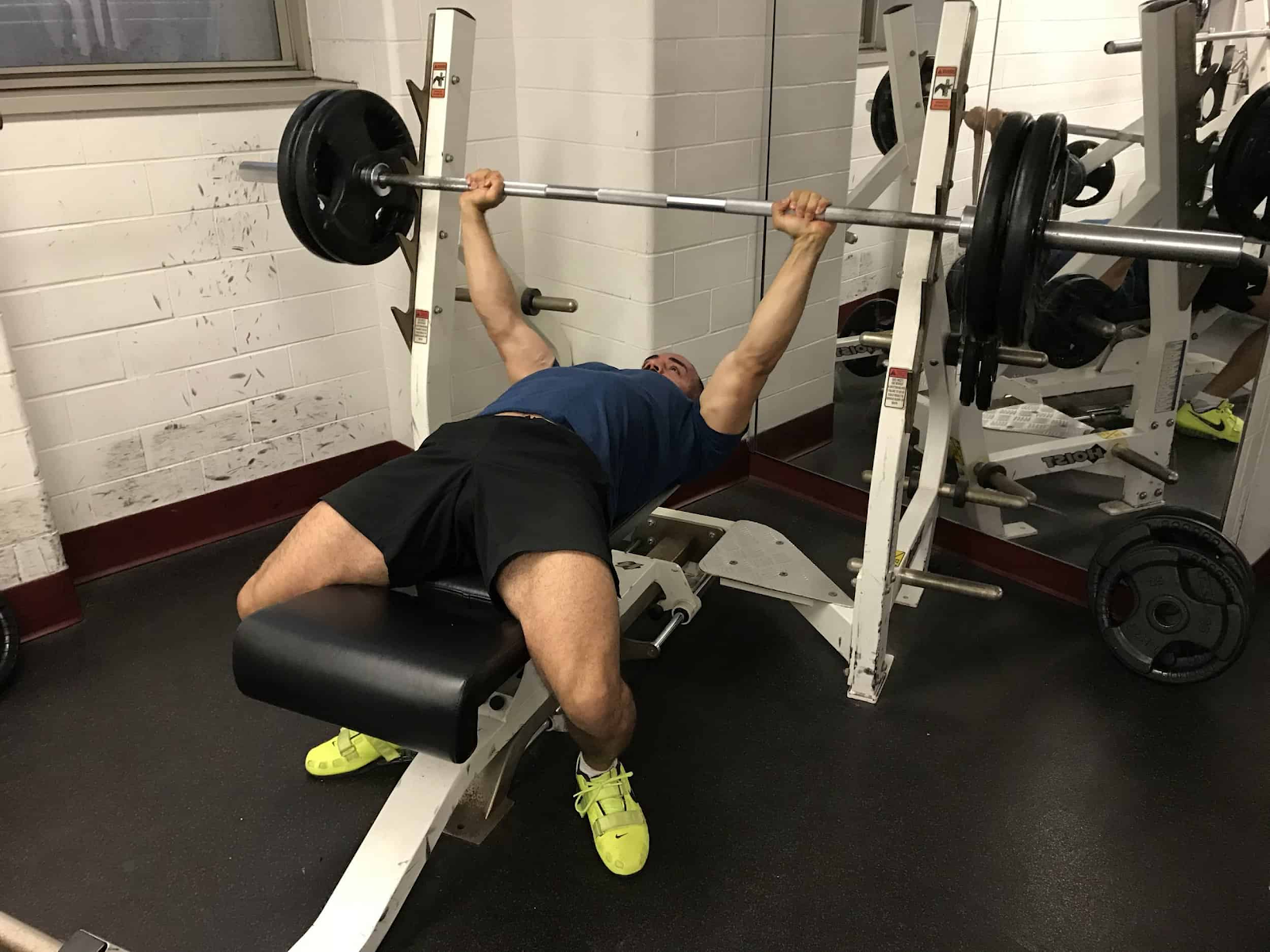Basics to Exercise
What is Exercise?
Exercise is a structured activity specifically designed to develop and maintain physical fitness. Simply it's something you do to keep you physically fit. There are many different kinds of exercise, but they can be broken down into 3 categories: cardio, resistance, and stretching. I will give a few examples of each and kind of explain what they are.
Cardio
Cardio is the most common type of exercise, done by people all over the world. Cardio is a type of aerobic exercise that gets your heart rate up and keeps it up for a long period of time. This is the type of exercise that trains your heart muscles. Cardio can again be broken down into two main subgroups: steady state and high-intensity intervals.
Steady State
Steady-state cardio is cardio where you're doing a repetitive activity, for a long period of time, at a moderate intensity. This is what most cardio is considered. Some common examples of steady state include running, walking, swimming, biking, playing sports, working, and many other common kinds of physical activity. The best way to do steady state is to do it at least two hours a week total at a moderate intensity.
High-intensity Intervals
This cardio is quite complicated and advanced, so I won't go into much detail. Basically, high-intensity intervals are where you do a steady-state activity at an extremely high intensity for a short period of time. I will go more in-depth on this in a future grade 2 post.
Resistance Training
Resistance Training is the second most common kind of exercise. Resistance Training is a type of exercise that improves muscular strength and endurance by moving a muscle against an external resistance. There is two main types of resistance training: weight training and calisthenics.
Weight Training
Weight training is where this external resistance is provided by a physical weight. This can come in the form of a dumbbell, barbell, or even a resistance band. Some examples of weight training are bench press, barbell squats, deadlifts, bicep curls, and more. Weight training has its pros: It's easy to add weight and get stronger, it's much more straightforward, and it's very reliable. However, this isn't without its cons: Usually need a gym membership, higher chance of injury, and more expensive. I recommend weight training 3-4 days a week at the gym and attending to work most major muscle groups.
Calisthenics
Calisthenics is where this external source comes from your own body weight. Calisthenics is a very complicated type of training where at the beginning it's very easy and simple, but after you advance it gets very difficult to advance. Some examples of calisthenics are push-ups, pull-ups, squats, crunches, and more. Pros to calisthenics compared to weight training are that you're less likely to get injured, simpler at the beginning, and it can be done anywhere at any time. However, in calisthenics, it is much harder to progress and make strength and physical changes. Calisthenics though are very versatile; I recommend the same as weight training 3-4 days a week of training.
Stretching
Stretching is where one extends their muscle to its full length in order to increase the flexibility and strength of the muscle. Stretching is a very important part of fitness that many people ignore. Stretching helps prevent injury, improve movement, and also could help increase strength gains in resistance training. The most common kinds of stretching are usually seen in ways of yoga or Pilates. I recommend you to learn some simple stretches or join a yoga/ Pilates class. You should try to stretch 5-7 times a week and preferably in the morning or after your workout.




No comments:
Post a Comment